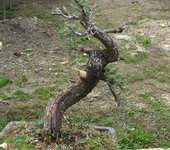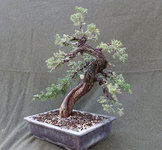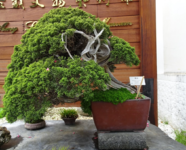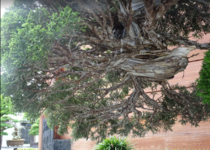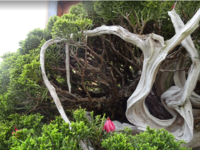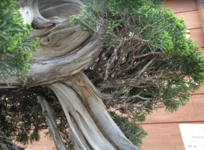IzzyG
Shohin
Good morning all. I’m trying to find some clarification on pruning back ramification on more developed trees. Every video explaining pruning talks about basically removing a few types of growth;
1: crotch growth
2: 3s to 2s
3: cutback to maintain shape
4: obviously non lateral growth(any shoots growing above or below the lateral plane of the branch).
So my question is, do you follow all of these guidelines for developed trees? Seems like a perpetually lateral only growth doesn’t create “body” and would just be a long branch with lateral growth.
Here’s an example of a pad on a developed tree that needs to be pruned. It has volume/body because of the overgrowth(which includes non lateral growth)
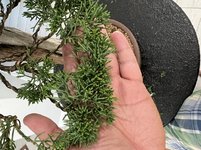
Following the guidelines regarding pruning, the results are as below but it then loses that body and looks rather sparse
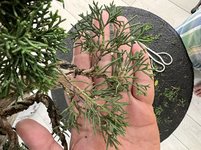
Thoughts?
1: crotch growth
2: 3s to 2s
3: cutback to maintain shape
4: obviously non lateral growth(any shoots growing above or below the lateral plane of the branch).
So my question is, do you follow all of these guidelines for developed trees? Seems like a perpetually lateral only growth doesn’t create “body” and would just be a long branch with lateral growth.
Here’s an example of a pad on a developed tree that needs to be pruned. It has volume/body because of the overgrowth(which includes non lateral growth)

Following the guidelines regarding pruning, the results are as below but it then loses that body and looks rather sparse

Thoughts?

